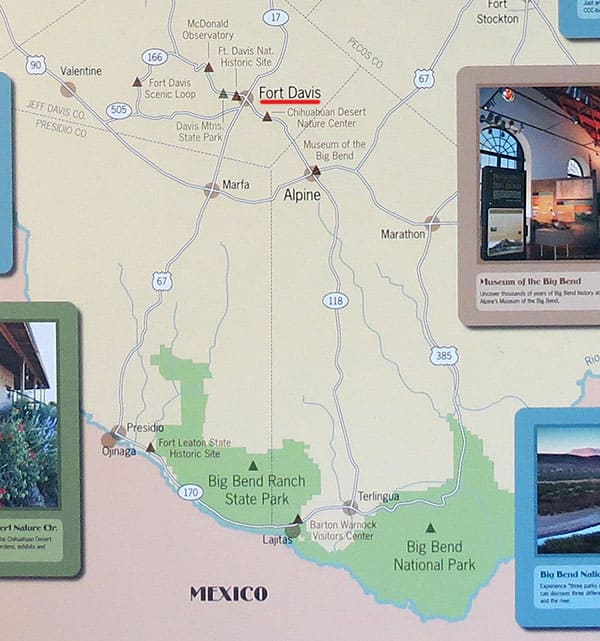
The Davis Mountains are located in a part of Texas known as the Trans-Pecos region of west Texas. They are located on the northern edge of the Chihuahuan Desert. Over 600 square miles of the Davis Mountains is above 5,000 ft. Despite the dry conditions the area includes extensive montane woodlands and abundant wildlife.
The Davis Mountains Preserve, owned by The Nature Conservance, contains most of the pine-oak forests. Nesting species in the Preserve include Flammulated Owl, Mexican Whip-poor-will, Dusky Flycatcher, and Grace’s Warbler. Over 100 species nest at elevations above 5,500 in the Davis Mountains.
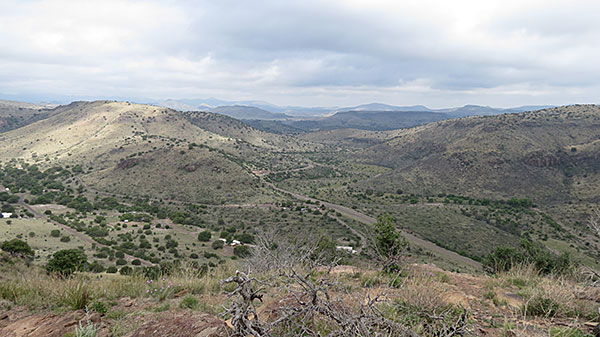
Typical desert mountain habitat. The higest point in the Davis Mountains reaches 8,378 feet above sea level.
The McDonald Observatory is located near the Davis Mountains State Park. Evening Star Parties are a popular attraction for those visiting the region.
Davis Mountains State Park
This trip was more of a family vacation with most of the birding time spent in the park itself and near the bird feeding stations. The state park itself is about 3 miles from the town of Fort Davis and the historic fort itself.
The park provides a range of hospitality options. The historic lodge provides large, clean rooms and a local restaurant. Camping sites are available for trailers, tent camping and more remote primitive camping.
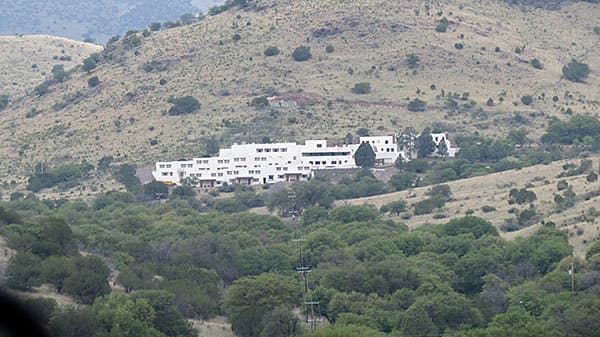
A distant view of the lodge.
The park maintains two bird feeder areas that are the best I have ever seen. The feeding stations make it easy for even novice birders to see and enjoy some colorful western species. Both provide indoor viewing through large windows as well as outside photo blind arrangements for photographers. For birders the park is best known as a place to see the spectacular Harlequin Quail, which unfortunately I missed on this trip. A pair of Elf Owls were nesting in the park, a life bird for me.
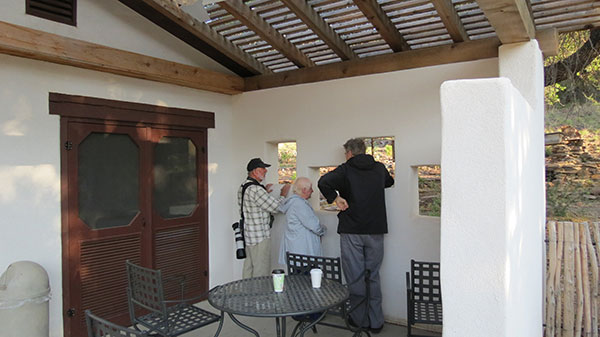
Bird lovers can step inside for excellent viewing of the bird feeding stations while photographers can line up outside.
Most of the following species were quite common at the feeder stations in early May.
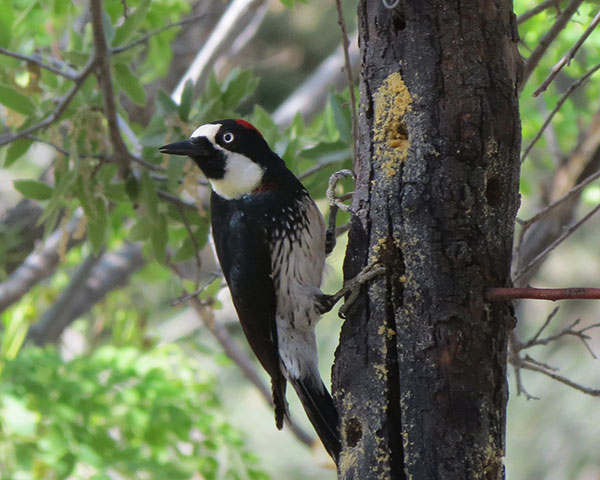
Acorn Woodpecker
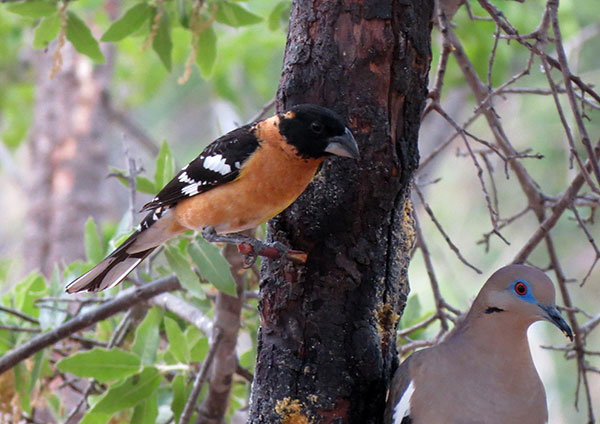
Black-headed Grosbeak and White-winged Dove
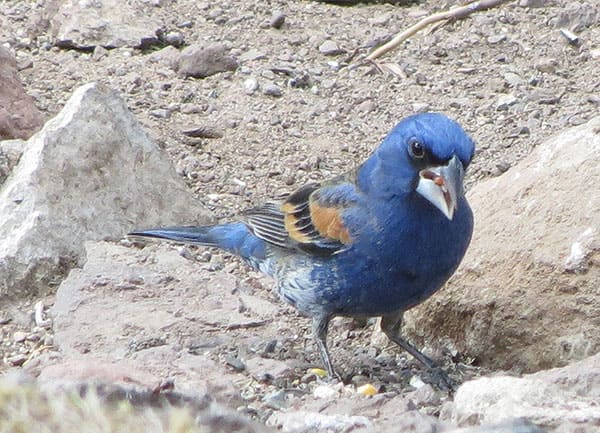
Blue Grosbeak
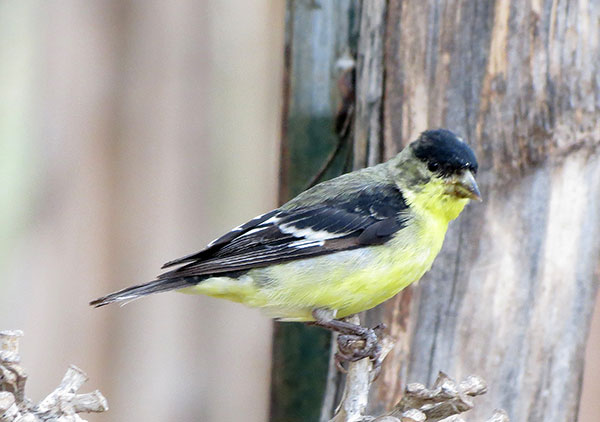
Lesser Goldfinch
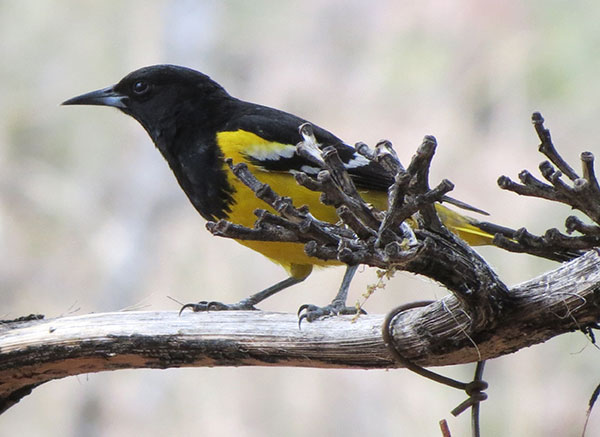
Scott’s Oriole
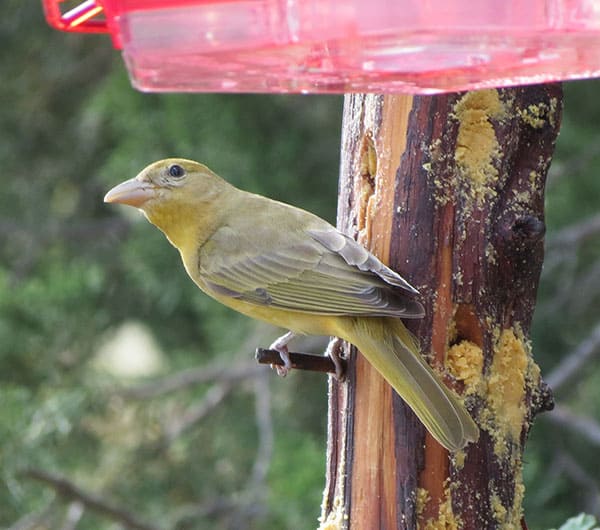
Female Summer Tanager
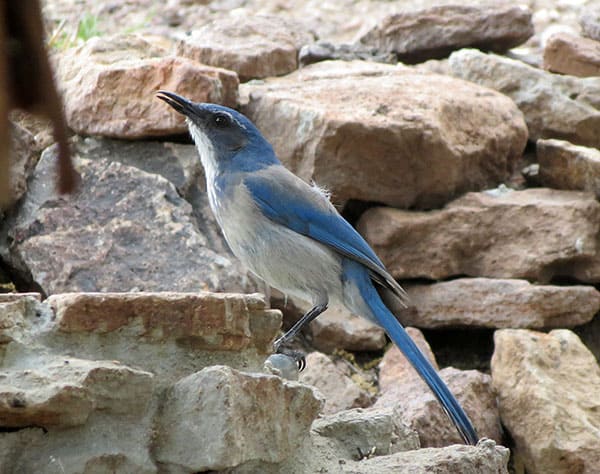
Western Scrub Jay
Wildlife is plentiful in the park and along a nearby nature observation loop.
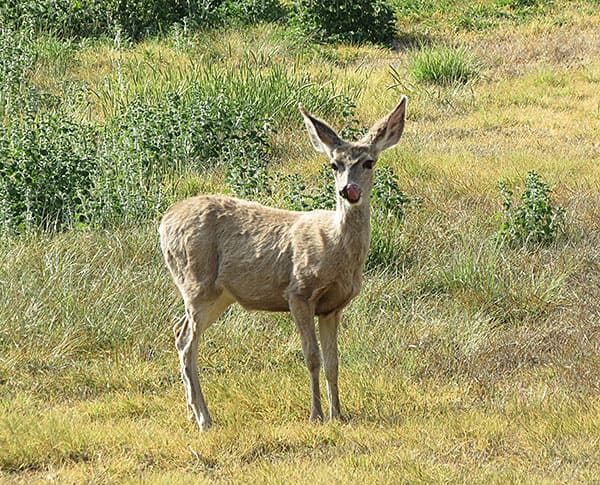
Mule Deer
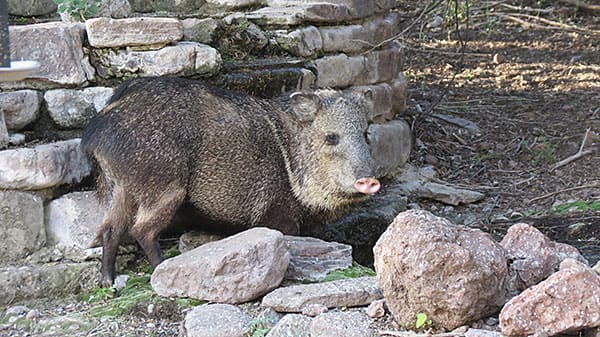
Collared Peccary
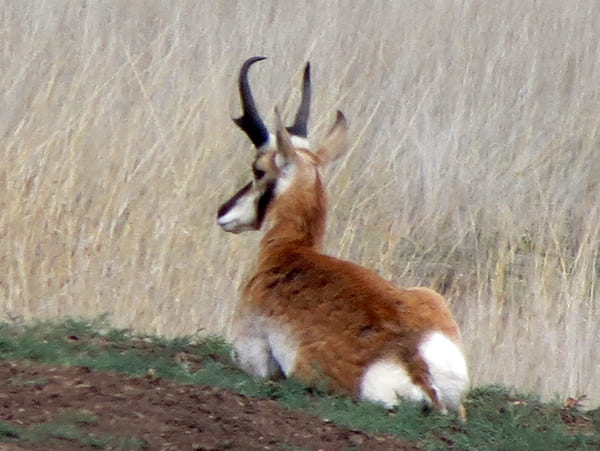
Pronghorn Antelope
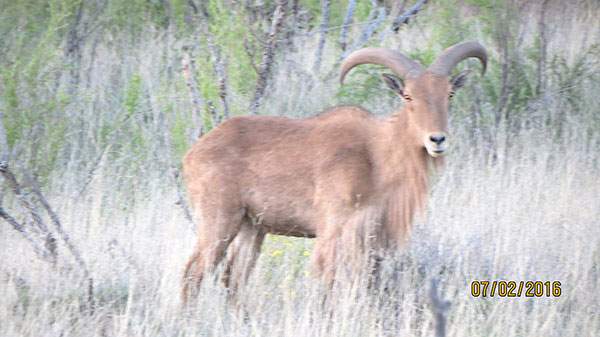
Aoudad/Barbary Sheep roam free through many parts of the Davis Mountains
Black-headed Grosbeak
Northern Cardinal and Ladder-backed Woodpecker
Pronghorn Antelope
Photographs and video © Sam Crowe

